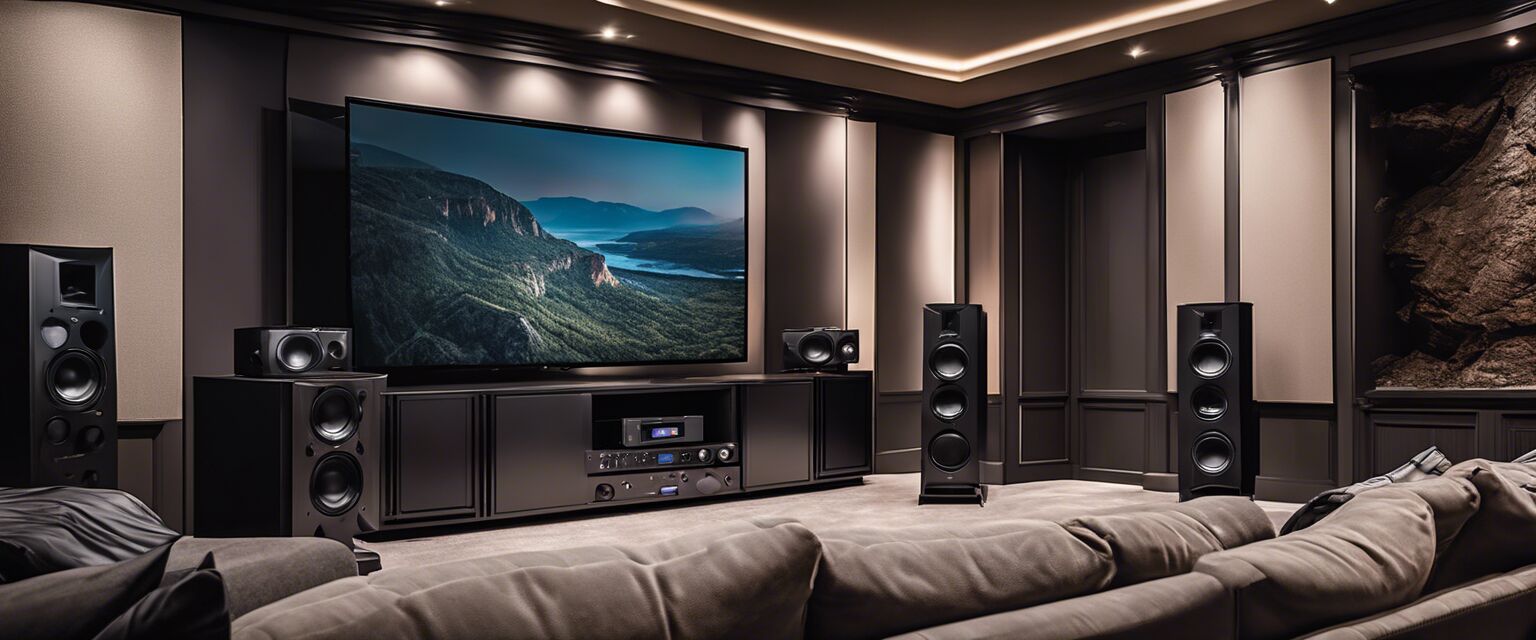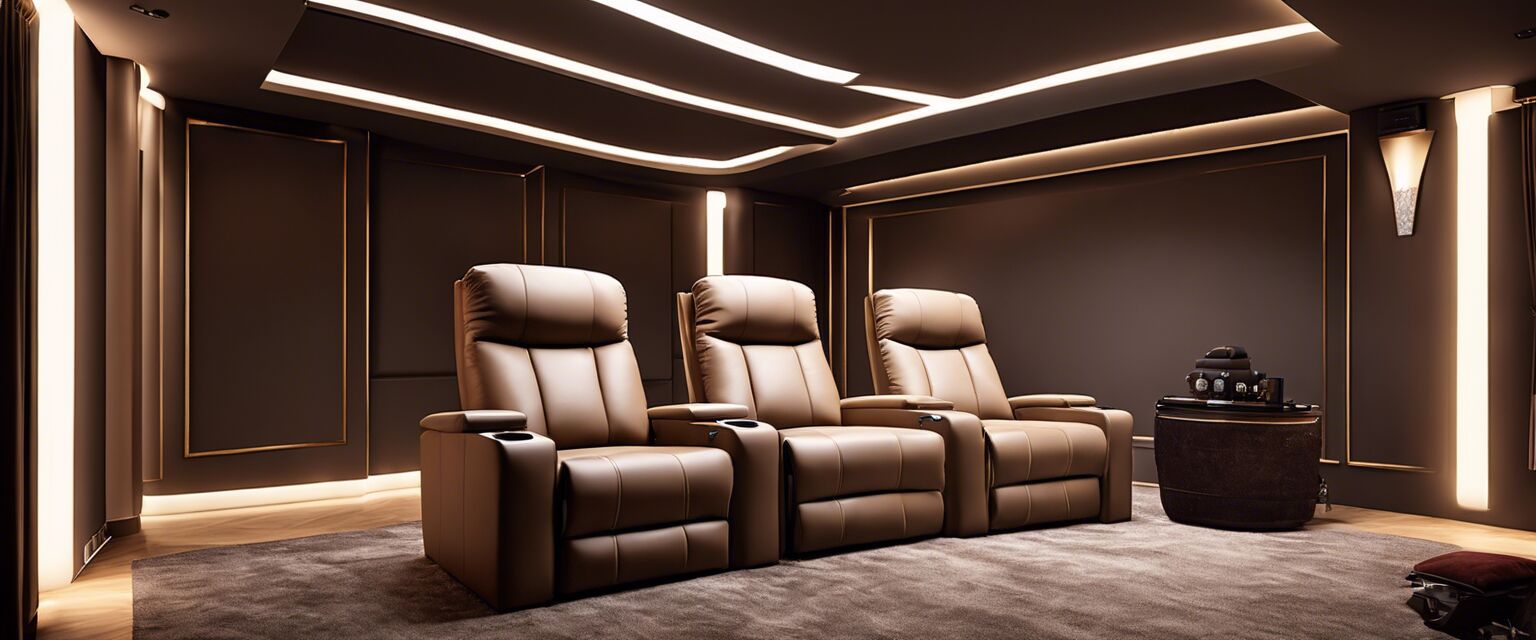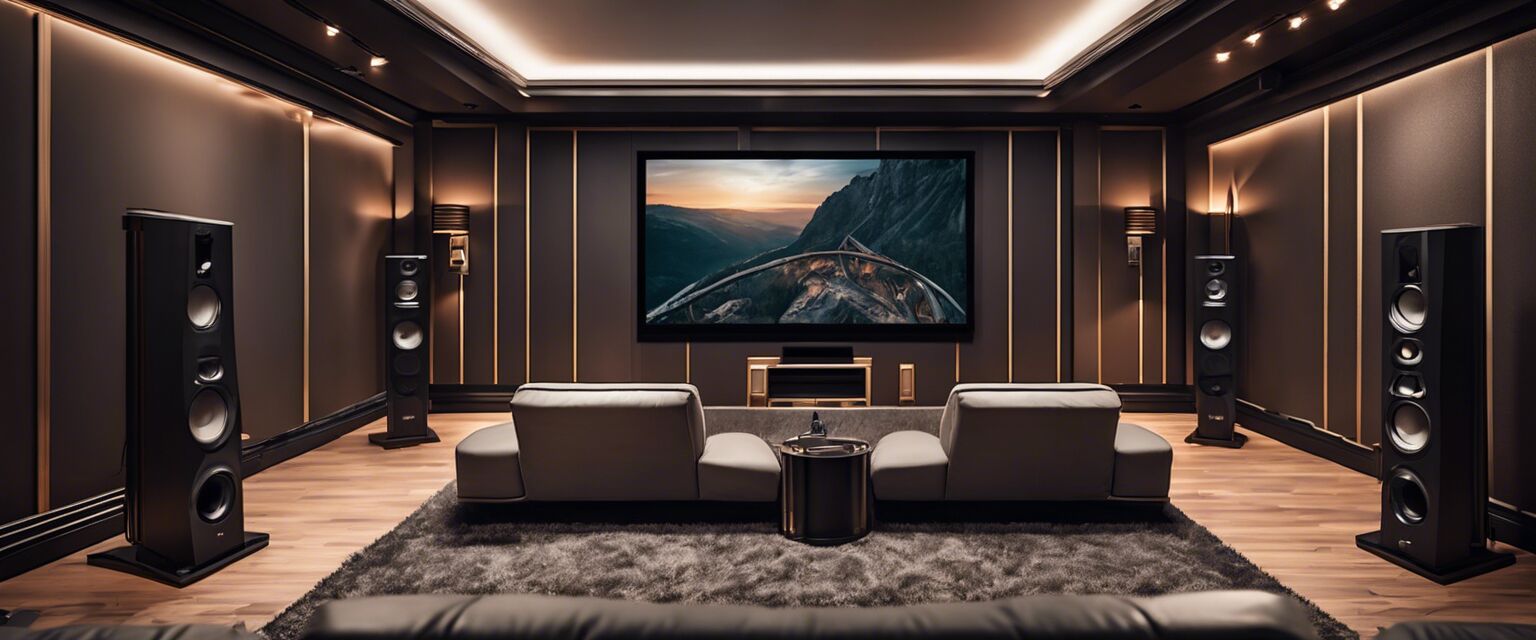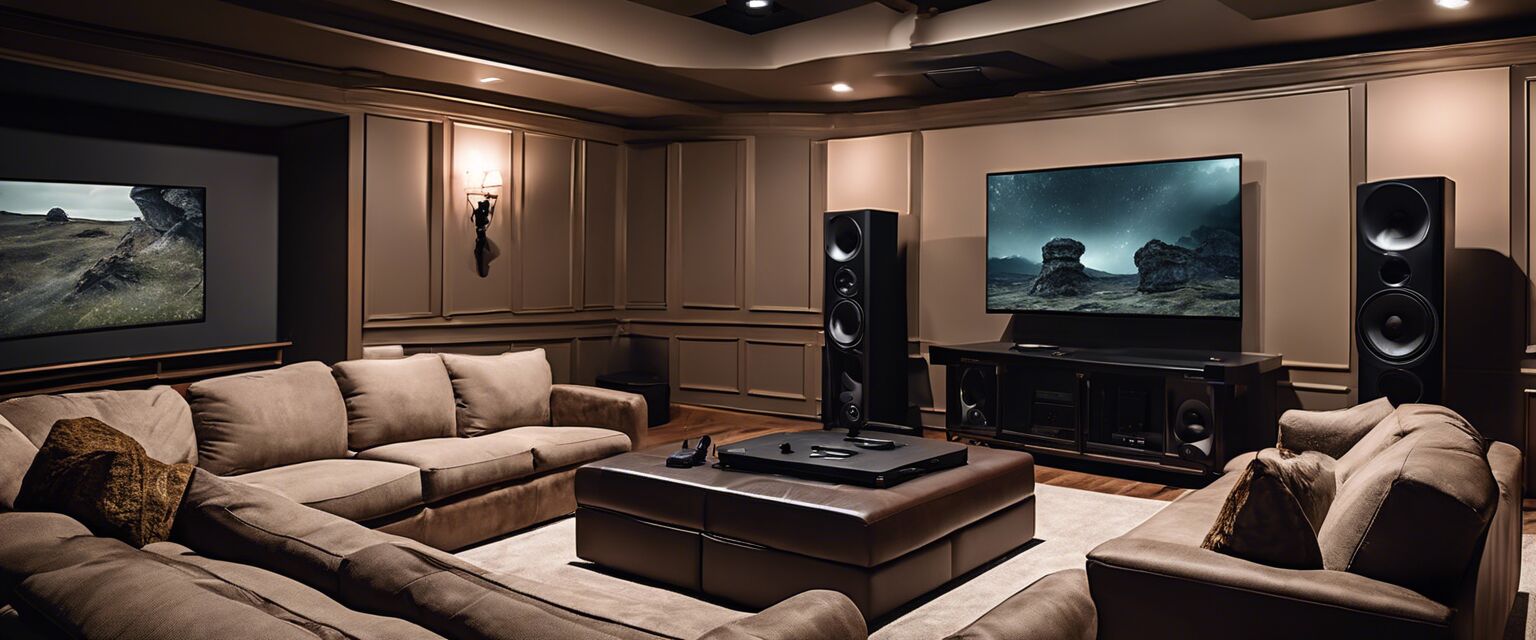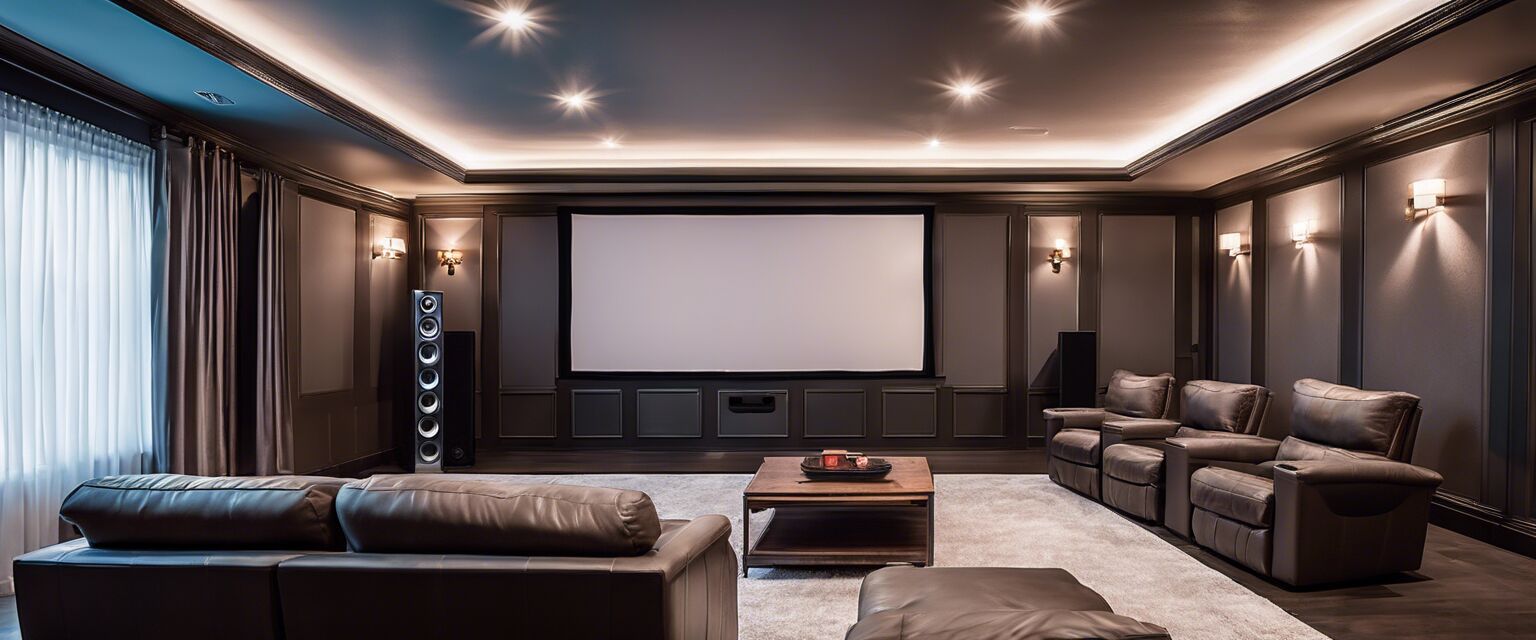
Premium projectors and screens
Key Takeaways
- Choosing the right projector and screen is crucial for achieving the ultimate home theater experience.
- Consider factors like resolution, brightness, and screen type to enhance your viewing experience.
- Compatibility with your home theater receiver and other devices is essential.
- Investing in premium products can significantly improve audio-visual quality.
Creating the ultimate home theater experience involves more than just a big screen and comfy seats. It requires careful consideration of every component, especially the projectors and screens. Premium projectors and screens can elevate your viewing experience, delivering stunning visuals and immersive sound. In this guide, we will explore the essential factors to consider when choosing premium projectors and screens and help you make informed decisions.
Understanding projectors
Projectors come in various types and specifications that significantly impact the quality of the image produced. Here are some key aspects to consider:
| Type | Description | Best Use |
|---|---|---|
| LCD | Uses liquid crystal display technology to produce bright images. | Home theater, presentations |
| DLP | Uses digital light processing for sharper images and better color accuracy. | Movies, video games |
| LED | Utilizes LED lights for longer lifespan and energy efficiency. | Portability, casual viewing |
| Laser | Offers high brightness and contrast, ideal for large screens. | Large home theaters, outdoor setups |
Key specifications to consider
- Resolution: Look for at least 1080p for optimal clarity; 4K offers even better detail.
- Brightness: Measured in lumens, a brighter projector is better for well-lit rooms.
- Contrast Ratio: Higher ratios provide deeper blacks and more vibrant colors.
- Throw Distance: Ensure the projector fits your room size and screen distance.
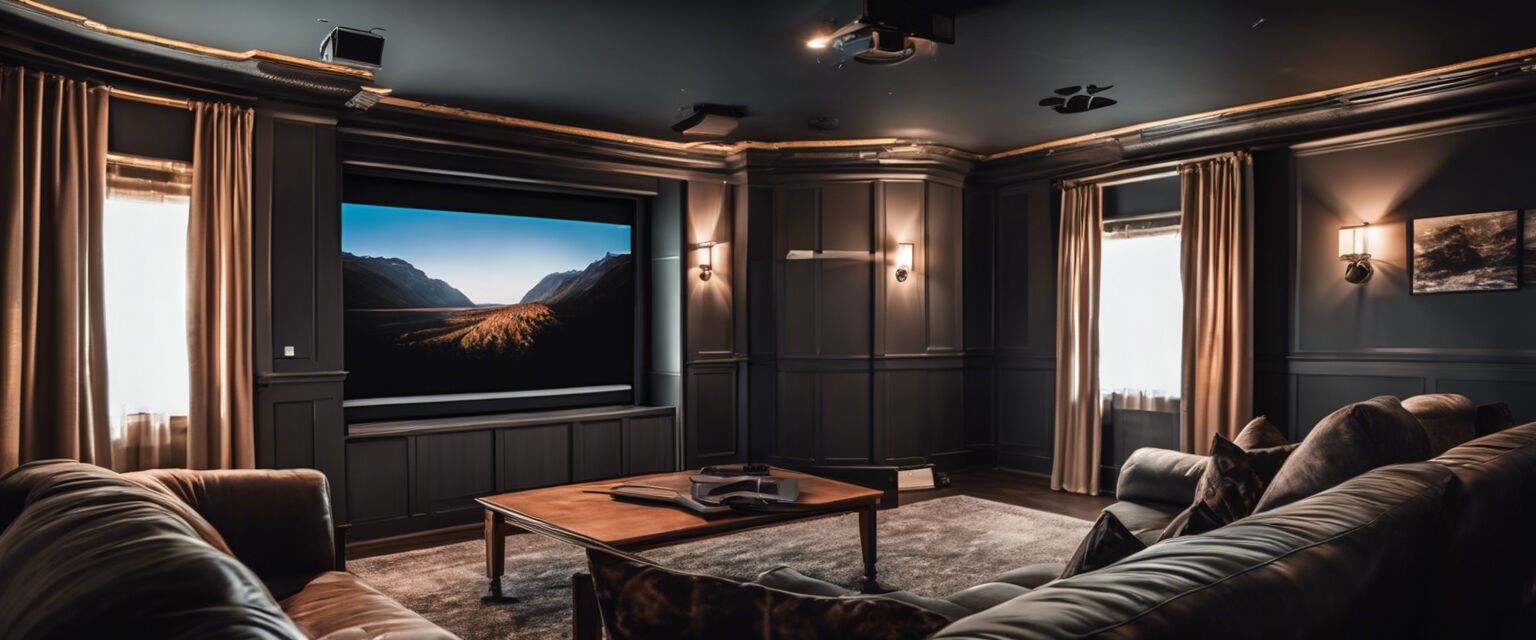
Choosing the right screen
The screen is just as important as the projector. Here’s what you need to know:
| Screen Type | Description | Best Use |
|---|---|---|
| Fixed Frame | Provides a taut, smooth surface for excellent image quality. | Dedicated home theaters |
| Retractable | Can be pulled down when needed, saving space. | Multi-use rooms |
| Ambient Light Rejecting (ALR) | Minimizes the impact of ambient light for better viewing in bright rooms. | Bright environments |
| Portable | Easy to set up and take down, ideal for traveling. | On-the-go presentations |
Screen size and aspect ratio
Deciding on the right screen size and aspect ratio is crucial for the best viewing experience. The general guideline is:
- For a 1080p projector, the recommended size is between 100 to 120 inches.
- For a 4K projector, consider a larger screen, around 120 to 150 inches.
- Common aspect ratios are 16:9 (widescreen) and 2.35:1 (cinemascope).
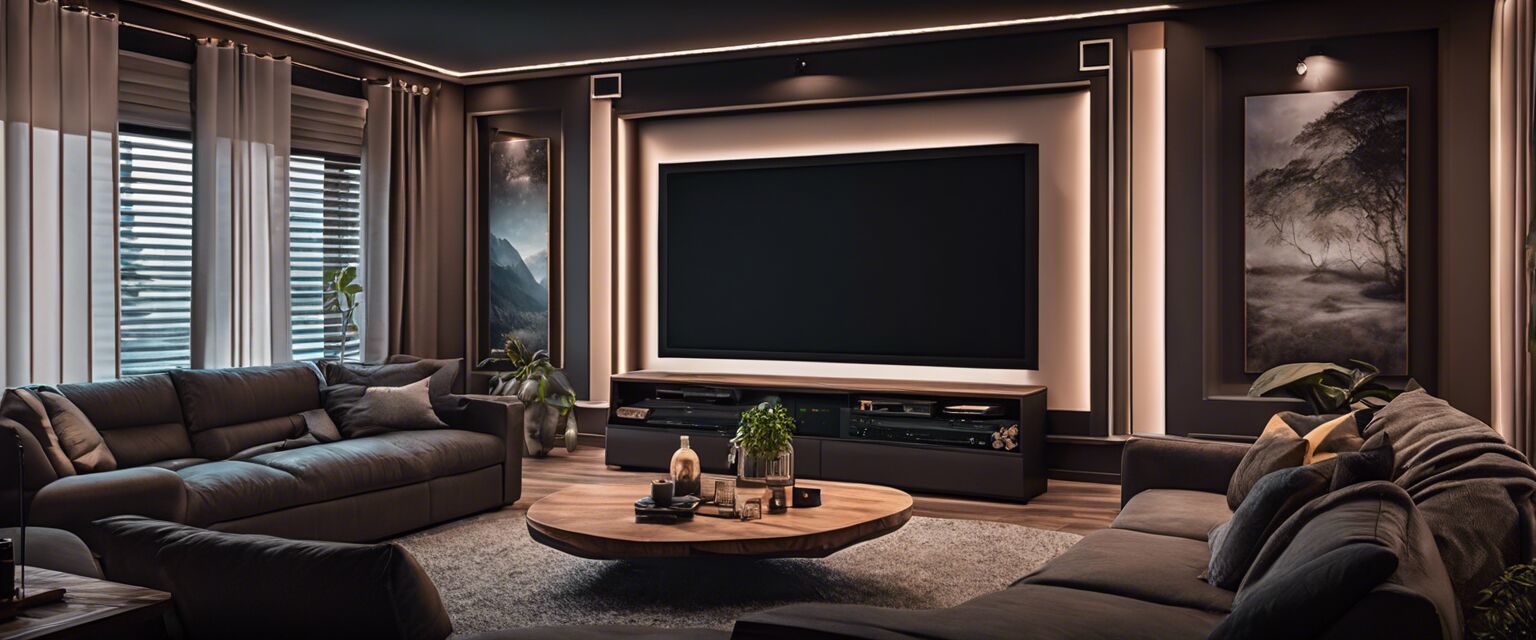
Compatibility and connectivity
Ensure that your projector and screen work seamlessly with other components in your home theater system:
- Check video formats supported by both the projector and your source devices.
- Look for HDMI, USB, and wireless connectivity options for ease of use.
- Ensure compatibility with home theater receivers for optimal audio-visual sync.
Installation tips
Proper installation can make a significant difference in performance. Here are some tips:
Beginner’s section
- Choose a mounting option that suits your room layout—ceiling, wall, or table.
- Calibrate the projector settings for the best performance in your specific environment.
- Test the image quality from different seating positions to optimize the viewing experience.
Conclusion
Investing in premium projectors and screens can transform your home into a cinematic paradise. By understanding the different types of projectors and screens, their specifications, and installation tips, you can create a home theater experience that rivals commercial cinemas. Explore our other categories such as Home theater receivers, Acoustic treatments, and Speakers and sound systems for a complete setup.
Pros
- Enhanced image quality for a superior movie experience.
- Wide range of options for various room sizes and lighting conditions.
- Increased engagement and immersion in content.
Cons
- Higher upfront costs compared to standard setups.
- Installation can be more complex.
- Requires space and proper setup for optimal performance.
